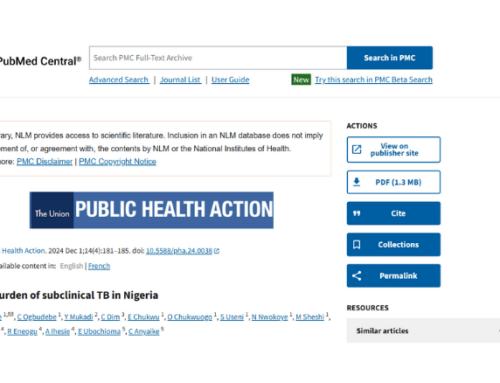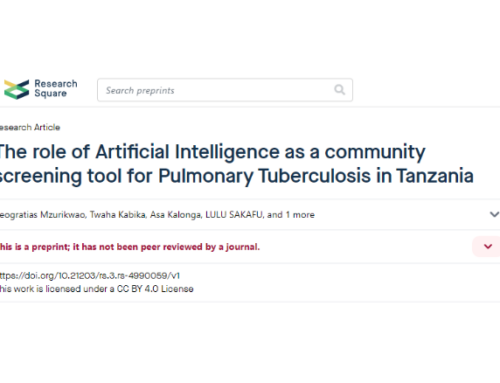Objective Computerized Chest Radiography Screening to Detect Tuberculosis in the Philippines
🔗2015
🔗Journal/Publication: Proceeding from Union World Conference on Lung Health
🔗Read it in full version: https://www.diagnijmegen.nl/publications/phil15a/
Abstract
Background: In the Palawan provincial areas of The Philippines, screening for pulmonary tuberculosis (TB) is performed in a WHO project by symptom screening combined with chest radiography; if at least one of these is positive, subjects undergo molecular Xpert testing. However, interpreting chest radiographs (CXRs) requires skilled personnel whose availability is limited and training is expensive and logistically challenging. Computerized reading is a potential solution: CXRs are objectively interpreted by software for the presence of TB related abnormalities. Operational costs are minimal and a result is available within one minute. We retrospectively engaged computerized reading in the DetecTB (Diagnostic Enhanced Tools for Extra Cases of TB) project, an intensified case finding program targeting prison settings and high-risk communities on Palawan Island in the Philippines.
Methods: A retrospective study was carried out on all cases in the DetecTB program available mid 2014. We compared the performance of CAD4TB v4.10, a commercially available software package, against the performance of the physicianAC/a,!a,,C/s readings. CAD4TB scores a posterior-anterior CXR for TB related abnormalities on a scale from 0 (normal) to 100 (abnormal). We performed Receiver Operator Characteristic (ROC) curve analysis to compare the computerized and human reading and visually inspected CXRs marked as normal by the physician but as highly suspicious by the software.
Results: In total, 12,256 radiographs were available for analysis. The number of cases positively read by the physicians was 3,068 (25.0%). 379 subjects (3.1%) tested positive on Xpert. Defining these cases as positive, and the remaining cases as negative, the area under the ROC curve (Az) achieved by CAD4TB v4.10 was 0.911 [CI: 0.895-0.926]. The software achieved 90.0% sensitivity at 80.0% specificity. The physician had a sensitivity of 97.6% and a specificity of 93.1%, which is slightly better than the software. However, this reading is biased as cases that were considered normal by the physician were considered negative by definition in our study design. An independent human observer considered 78 out of the 100 cases read as normal by the physician with the highest CAD4TB scores to be abnormal.
Conclusion: Computerized reading provides high sensitivity and specificity and may be used to assist or possibly replace a human reader in active case finding programs, and thus improve screening throughput.



